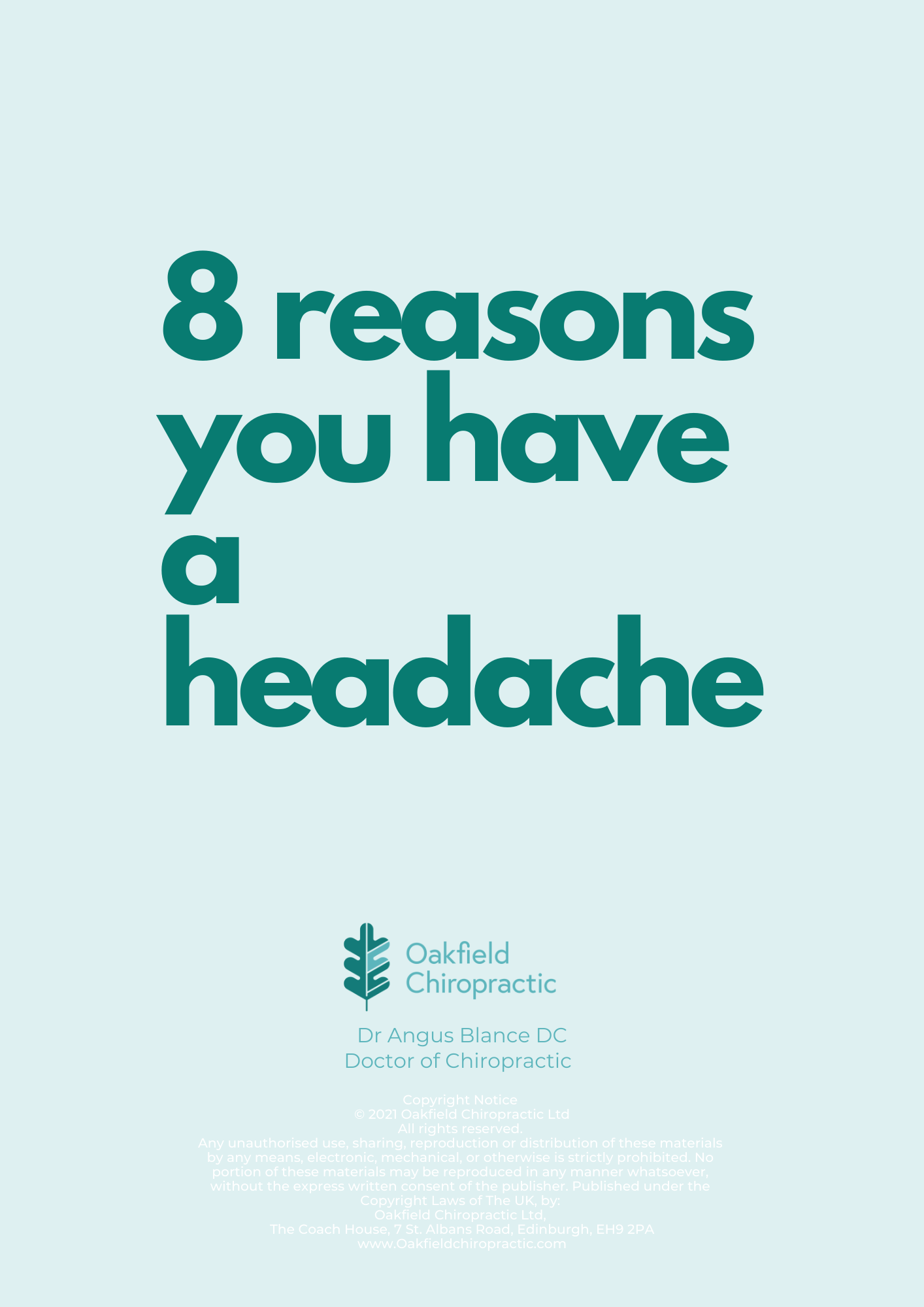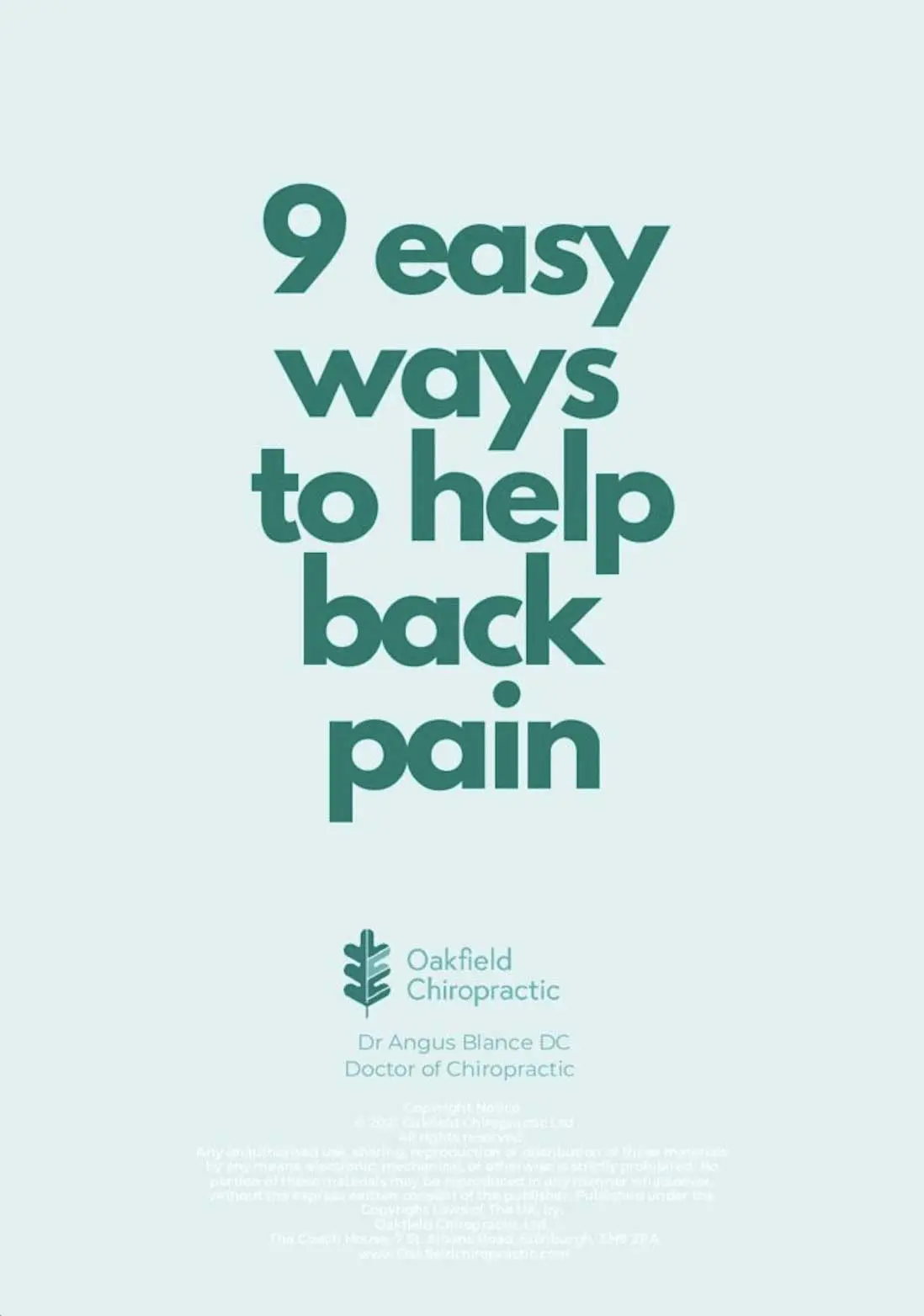Tennis elbow is a condition that causes pain around the outside of the elbow. It’s clinically known as lateral epicondylitis.
It often happens after overuse or repeated action of the muscles of the forearm, near the elbow joint, or tightness within the shoulder area.
You may notice pain on the outside of the elbow, which may travel down the forearm when:
- lifting or bending your arm
- gripping small objects, such as a pen, or the kettle.
- twisting your forearm, such as turning a door handle or opening a jar
You may also find it difficult to extend your arm fully. Tennis elbow is usually caused by overusing the muscles attached to your elbow and used to straighten your wrist.
If the muscles are strained, tiny tears and inflammation can develop near the bony lump (the lateral epicondyle) on the outside of your elbow, causing a localised and painful tendonitis.
As the name suggests, tennis elbow is sometimes caused by playing tennis, but any activity that puts repeated stress on the elbow joint can cause it.
Pain on the inner side of the elbow is known as a golfer’s elbow. (Medial epicondylitis), but is the same issue except involving the muscles on the underside of the forearm.
If you have tennis elbow, you should avoid the activity causing the pain until your symptoms improve. If the pain in your elbow does not go away after a few days of rest, book a consultation with your Chiropractor or Physiotherapist.
The clinician will check for swelling and tenderness, and carry out some simple tests, such as stretching out your fingers and flexing your wrist while your elbow is stretched out. If we think the pain is due to nerve damage, further tests, such as an ultrasound scan or an MRI scan, may be done.
Tennis elbow can get better over time without treatment (a self-limiting condition), but some treatments may improve symptoms and speed up recovery.
You should rest your injured arm and stop any activity that’s causing the problem. Holding a cold compress, such as a bag of frozen peas wrapped in a towel, against your elbow for a few minutes several times a day can help ease the pain.
Taking painkillers, such as paracetamol, may help reduce mild pain. Non-steroidal anti-inflammatory drugs (NSAIDs), such as ibuprofen, can also be used to help reduce inflammation. Some specific stretching exercises may be recommended in more severe cases.
Massaging and manipulating the affected area may help relieve the pain and stiffness and improve the range of movement in your arm.
Tennis elbow can last between 6 months to 2 years, but a full recovery is made sooner in 9 out of 10 cases.
If you think you may be suffering from tennis elbow, book an appointment with us here at Oakfield and we can get you on the road to recovery quickly, and living your life pain-free again.


